Home>Gardening & Outdoor>Pool & Spa Care>How Much Shock For A 500-Gallon Hot Tub
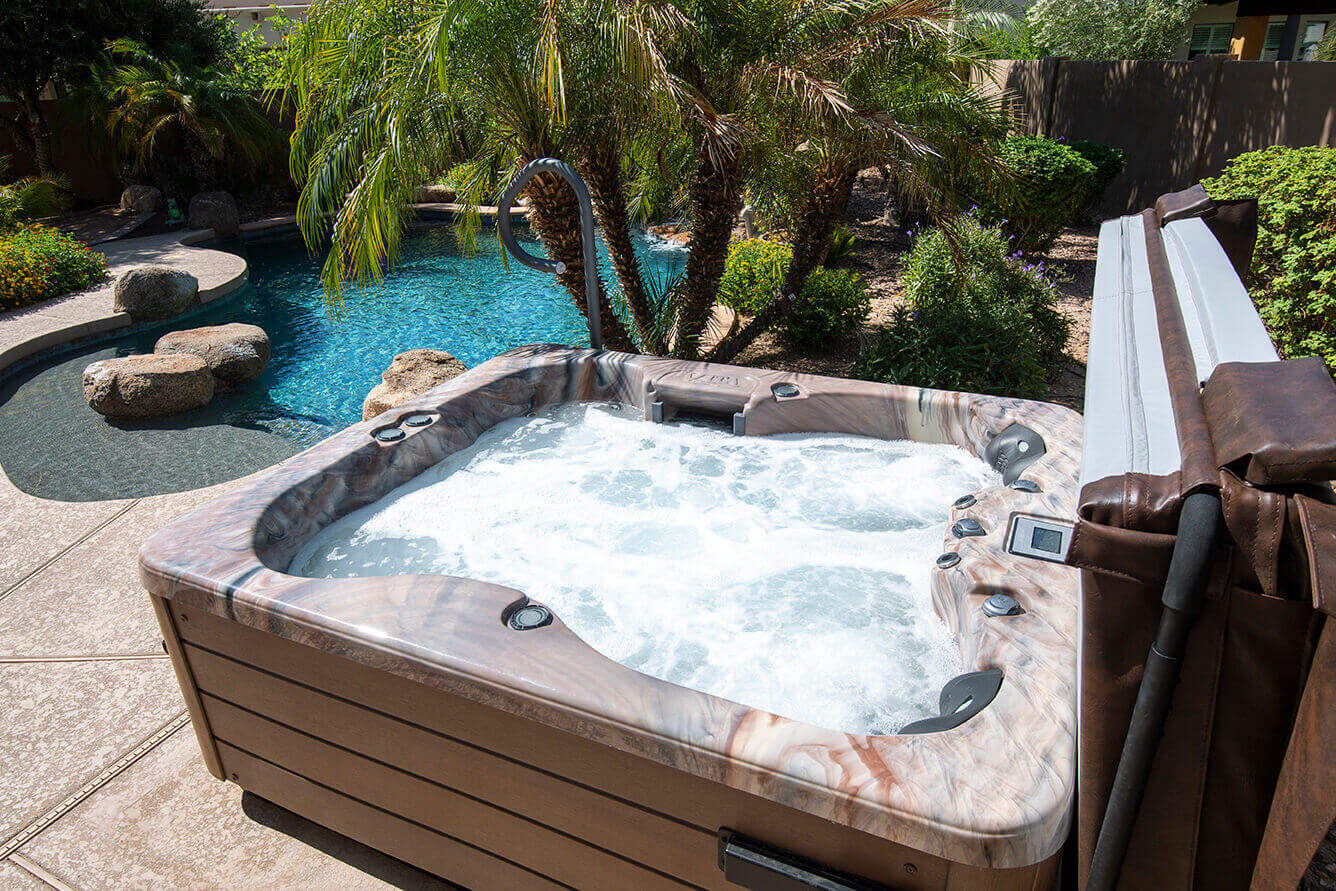

Pool & Spa Care
How Much Shock For A 500-Gallon Hot Tub
Modified: February 18, 2024
Discover the ideal shock amount for your 500-gallon hot tub with expert pool and spa care tips. Keep your hot tub clean and inviting with the right shock treatment.
(Many of the links in this article redirect to a specific reviewed product. Your purchase of these products through affiliate links helps to generate commission for Storables.com, at no extra cost. Learn more)
Introduction
Welcome to the wonderful world of hot tub ownership! As a proud hot tub owner, you understand the importance of maintaining crystal-clear, inviting water for a truly enjoyable soak. One crucial aspect of hot tub maintenance is shock treatment, which plays a vital role in keeping the water clean and safe for you and your guests.
In this comprehensive guide, we will delve into the specifics of shock treatment for a 500-gallon hot tub. By the end of this article, you will have a clear understanding of how to determine the appropriate shock dosage for your hot tub, taking into account various factors that can influence the treatment process. Let’s embark on this enlightening journey to ensure that your hot tub water remains pristine and refreshing!
Key Takeaways:
- Maintain a crystal-clear hot tub by understanding water volume, shock dosage, and factors like bather load and environmental conditions. Personalized care ensures a pristine oasis for relaxation and rejuvenation.
- Keep your 500-gallon hot tub inviting and safe with tailored shock treatment. Consider water volume, usage patterns, and environmental influences for optimal water quality and a delightful soaking experience.
Read more: How Much Bleach To Shock A Hot Tub
Understanding the Water Volume of a 500-Gallon Hot Tub
Before we delve into the intricacies of shock treatment, it’s essential to grasp the significance of understanding the water volume of your 500-gallon hot tub. While the name suggests a 500-gallon capacity, it’s crucial to account for the displacement caused by the occupants and various hot tub components.
When determining the water volume, consider the following factors:
- Occupant Displacement: The presence of individuals in the hot tub will displace water, reducing the effective volume. It’s imperative to factor in this displacement when calculating the appropriate shock dosage.
- Hot Tub Components: The water volume can also be affected by the presence of filters, pumps, and other internal components. These elements can occupy space within the hot tub, impacting the overall water volume.
Once you have accounted for these factors, you can accurately assess the actual water volume of your 500-gallon hot tub. This understanding serves as the foundation for determining the precise shock treatment dosage required to maintain optimal water quality.
Now that we have established the importance of comprehending the water volume, let’s proceed to the next crucial step: determining the appropriate shock dosage for your hot tub.
Determining the Appropriate Shock Dosage
Now that we have a clear understanding of the water volume in a 500-gallon hot tub, the next step is to determine the correct shock dosage to effectively treat the water. Shock treatment is essential for eliminating organic contaminants, chloramines, and other impurities that can compromise water quality.
When calculating the shock dosage for your hot tub, consider the following factors:
- Water Condition: Assess the current state of the water. If it appears cloudy, has a strong odor, or shows signs of bacterial growth, a higher shock dosage may be necessary to restore water clarity and purity.
- Manufacturer’s Recommendations: Refer to the guidelines provided by the hot tub manufacturer. They often offer specific recommendations for shock treatment based on the water volume and other relevant factors.
- Shock Product Strength: Different shock products have varying strengths and concentrations. Be sure to carefully review the product label for instructions on dosage based on water volume.
- Frequency of Use: If the hot tub experiences heavy usage or frequent occupancy, a more regular shock treatment schedule may be required to maintain water quality.
Once you have considered these factors, you can proceed to calculate the appropriate shock dosage for your 500-gallon hot tub. It’s important to follow the recommended guidelines provided by the shock product manufacturer while also taking into account the unique characteristics of your hot tub’s water.
By determining the precise shock dosage, you can effectively address any water quality issues and ensure that your hot tub remains a pristine oasis of relaxation and rejuvenation. Now, let’s explore the various factors that can influence the shock dosage requirements for a 500-gallon hot tub.
When shocking a 500-gallon hot tub, use 2-3 ounces of chlorine shock or 1-2 ounces of non-chlorine shock. Always follow the manufacturer’s instructions for best results.
Factors Affecting Shock Dosage
Several key factors can significantly influence the shock dosage required to maintain the water quality of a 500-gallon hot tub. Understanding these variables is essential for tailoring the shock treatment to address specific conditions and ensure optimal results. Let’s explore the factors that can impact the shock dosage:
- Bather Load: The frequency and number of individuals using the hot tub can directly impact the accumulation of contaminants in the water. A higher bather load may necessitate more frequent and robust shock treatments to combat organic impurities.
- Environmental Conditions: External factors, such as temperature, sunlight exposure, and debris carried by the wind, can introduce additional impurities into the hot tub water. These conditions may require adjustments to the shock dosage to counteract the effects of environmental contaminants.
- Water Temperature: Warmer water temperatures can accelerate the growth of bacteria and algae, potentially requiring a more vigorous shock treatment to maintain water clarity and hygiene.
- Chemical Imbalance: If the hot tub water exhibits imbalances in pH, alkalinity, or sanitizer levels, it may impact the effectiveness of the shock treatment. Rectifying any chemical imbalances is crucial for ensuring that the shock treatment achieves its intended results.
- Usage Patterns: The frequency and duration of hot tub usage can influence the accumulation of contaminants. Regular use may necessitate a proactive approach to shock treatment to prevent the buildup of organic impurities.
By carefully considering these factors, you can tailor the shock dosage to suit the specific conditions of your 500-gallon hot tub. This personalized approach ensures that the shock treatment effectively addresses the unique challenges presented by varying usage patterns, environmental influences, and water conditions.
Now that we have explored the factors affecting shock dosage, you are equipped with the knowledge to fine-tune the treatment process for optimal water quality. Let’s conclude our journey with a summary of the key insights gained from this guide.
Conclusion
Congratulations! You have now gained valuable insights into the intricacies of shock treatment for a 500-gallon hot tub. By understanding the water volume, determining the appropriate shock dosage, and considering the various factors that can influence the treatment process, you are well-equipped to maintain pristine water quality for your hot tub.
As a diligent hot tub owner, you recognize the importance of regular maintenance and proactive care to ensure an exceptional soaking experience. The knowledge you have acquired empowers you to address water quality challenges effectively, safeguarding the enjoyment and well-being of all hot tub users.
Remember, the key to successful shock treatment lies in a personalized approach that accounts for the unique characteristics of your hot tub, usage patterns, and environmental influences. By staying attuned to these factors and embracing a proactive mindset, you can uphold the purity and clarity of your hot tub water, creating an inviting oasis for relaxation and rejuvenation.
As you embark on your hot tub maintenance journey, continue to prioritize regular water testing, diligent filtration, and adherence to recommended shock treatment schedules. By doing so, you will preserve the allure of your hot tub and ensure that every soak is a delightful and revitalizing experience for you and your guests.
With your newfound expertise, you are poised to elevate the care and maintenance of your 500-gallon hot tub, nurturing a haven of tranquility and comfort in your own backyard. Embrace the knowledge you have gained, and let it guide you in preserving the allure and purity of your hot tub water for countless enjoyable soaks to come.
Frequently Asked Questions about How Much Shock For A 500-Gallon Hot Tub
Was this page helpful?
At Storables.com, we guarantee accurate and reliable information. Our content, validated by Expert Board Contributors, is crafted following stringent Editorial Policies. We're committed to providing you with well-researched, expert-backed insights for all your informational needs.
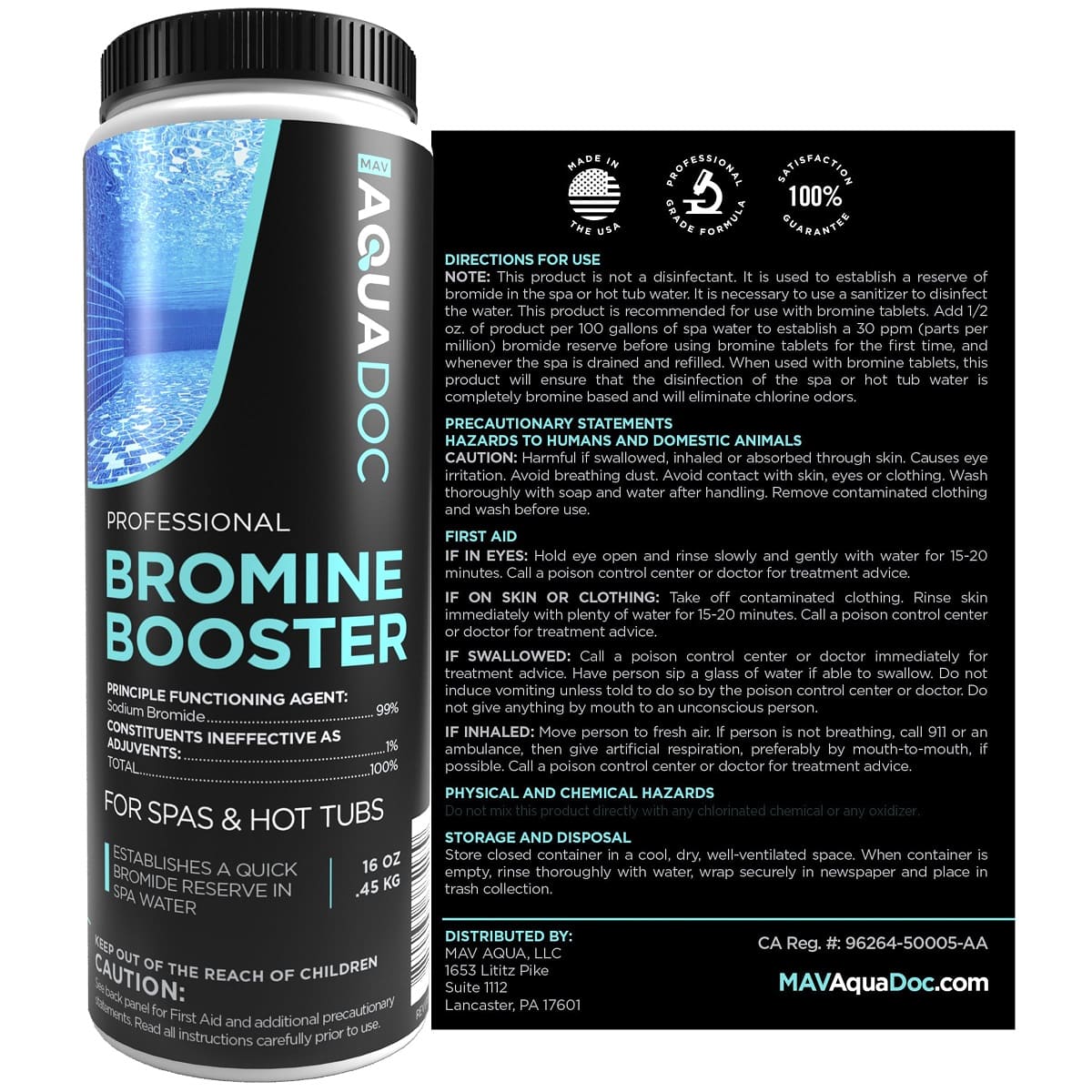
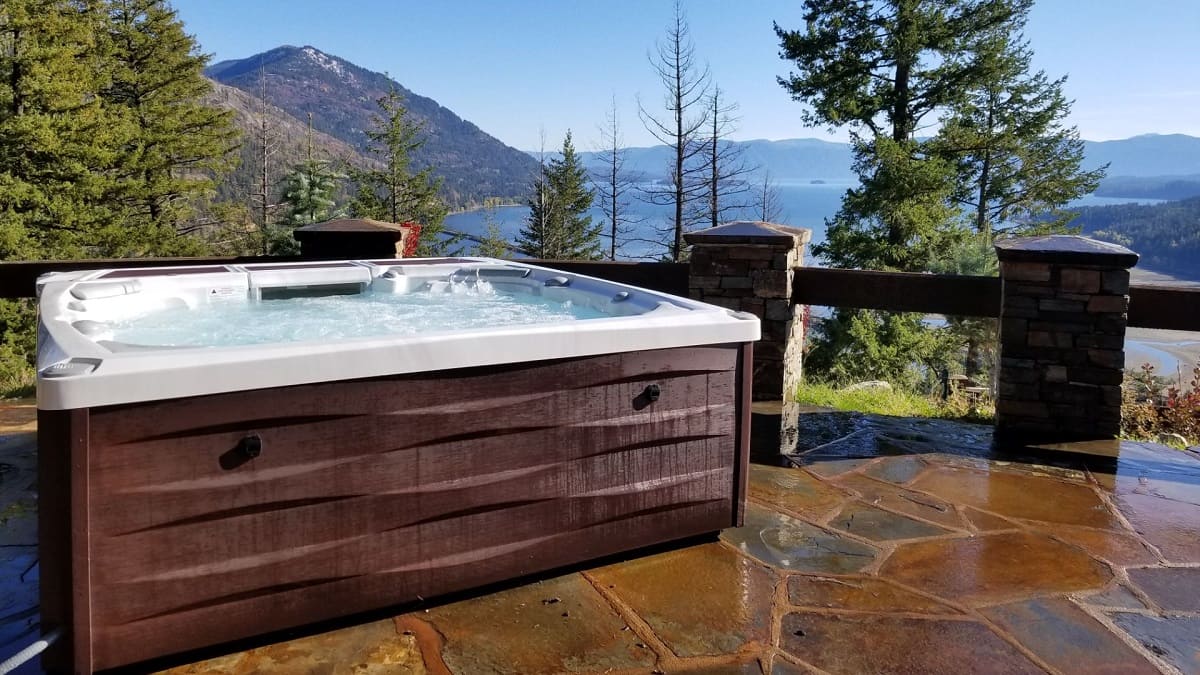
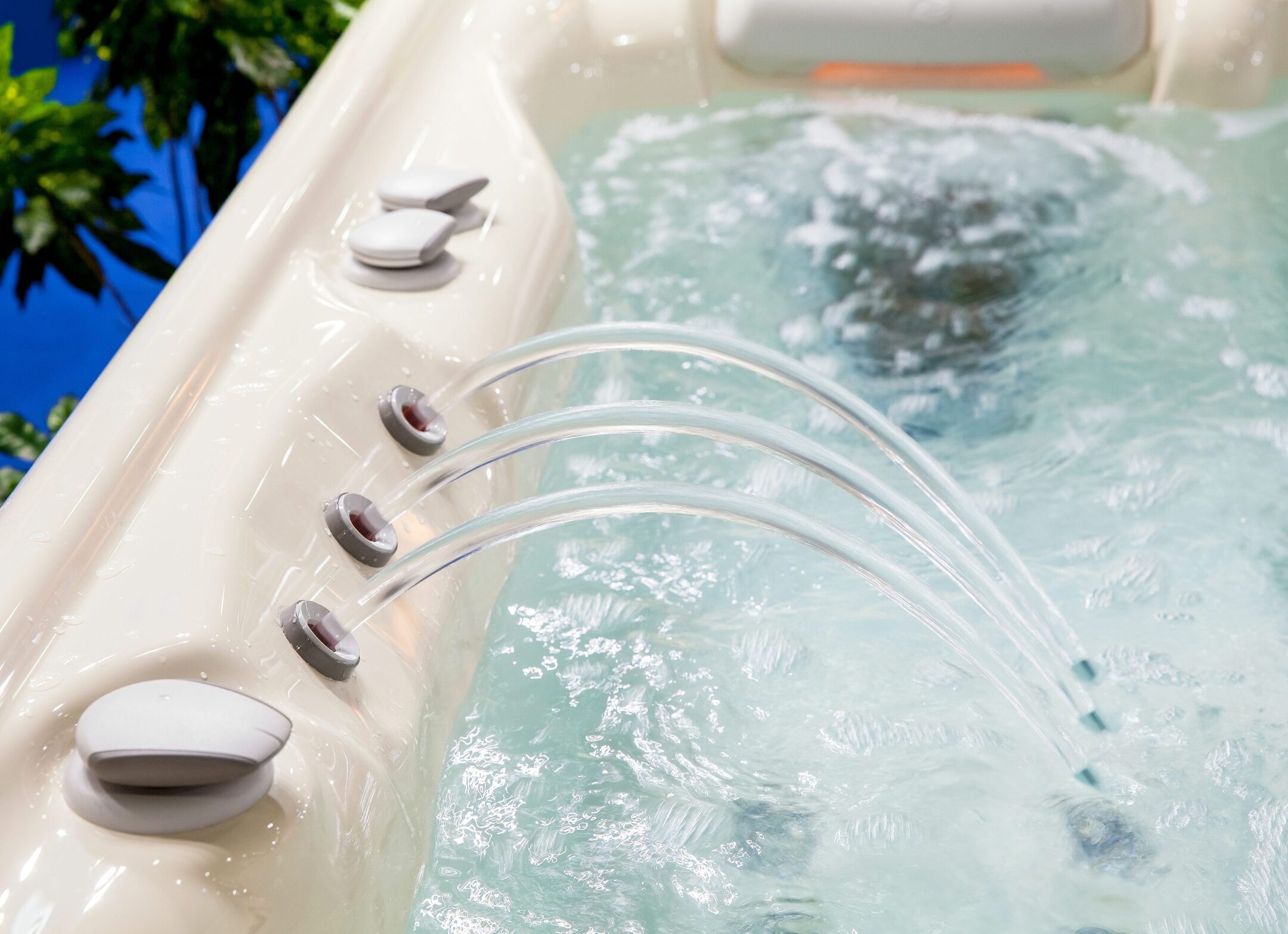
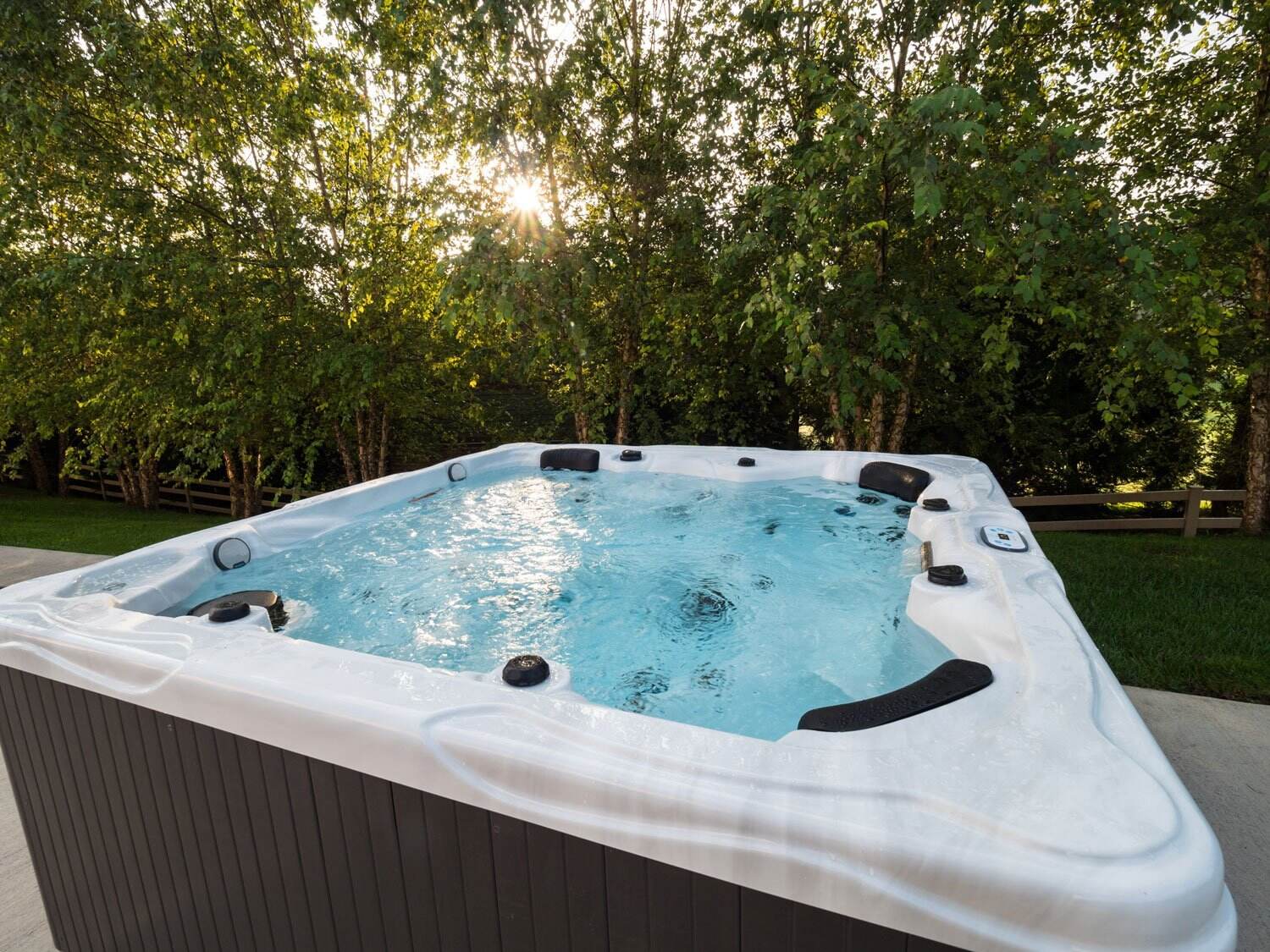
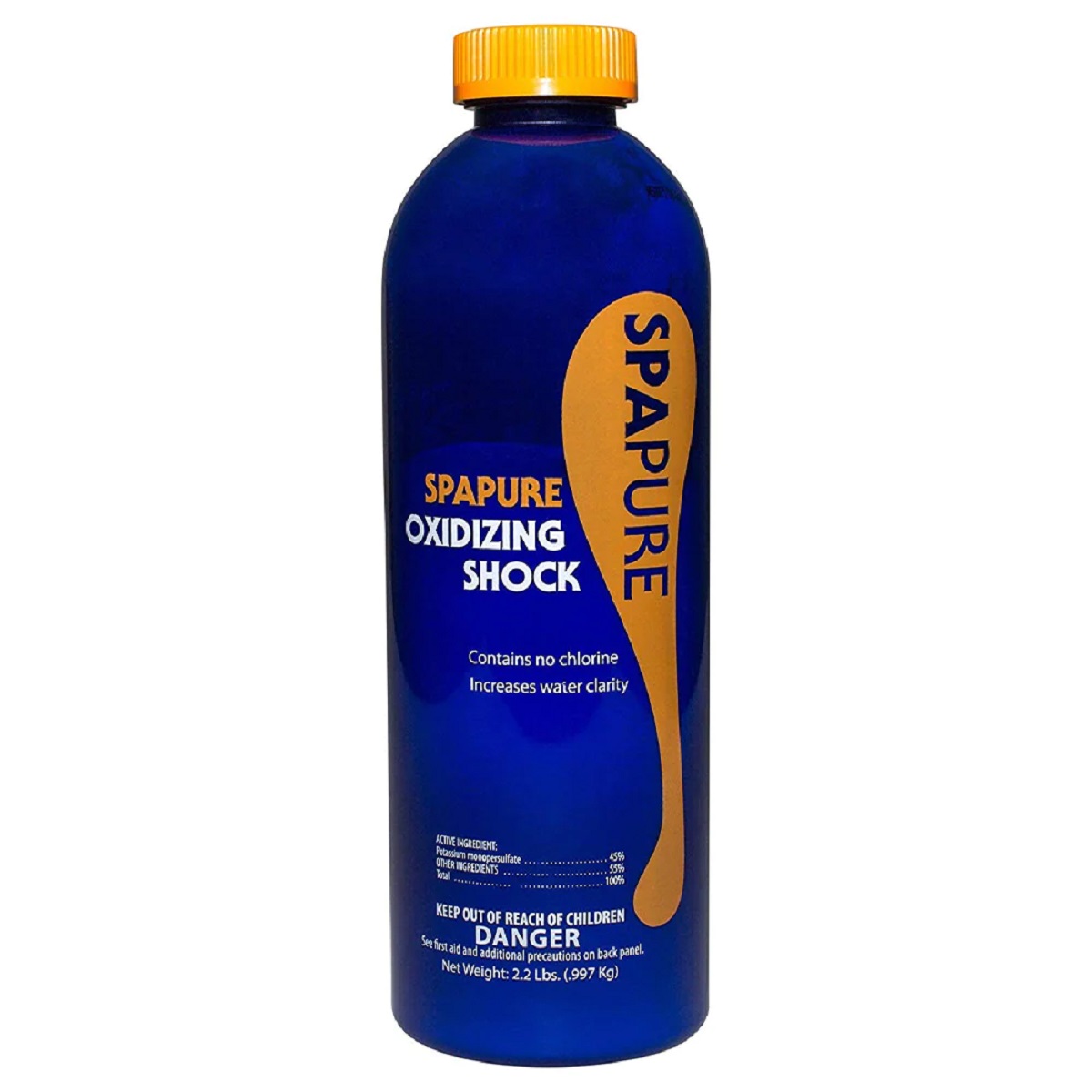
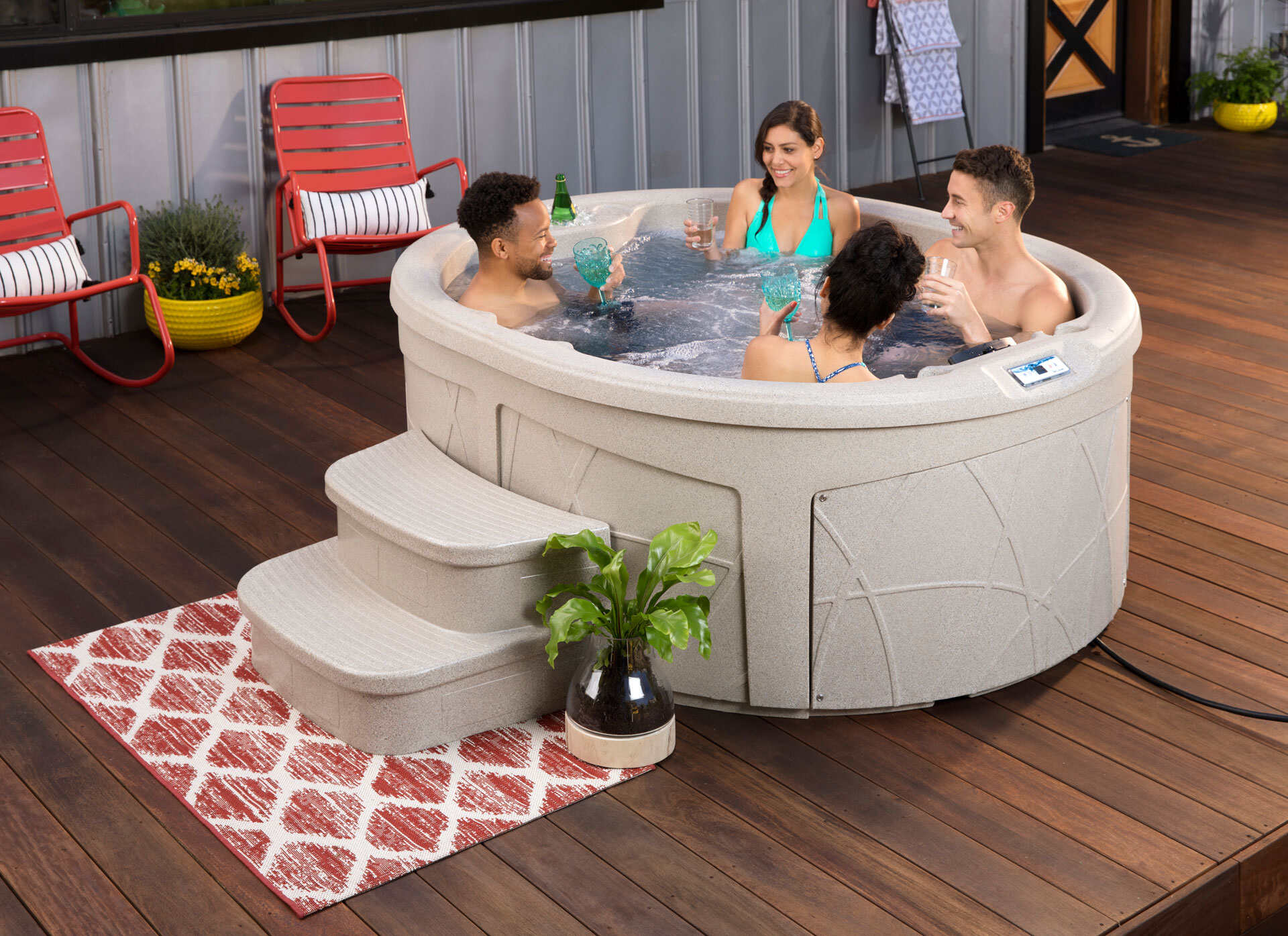
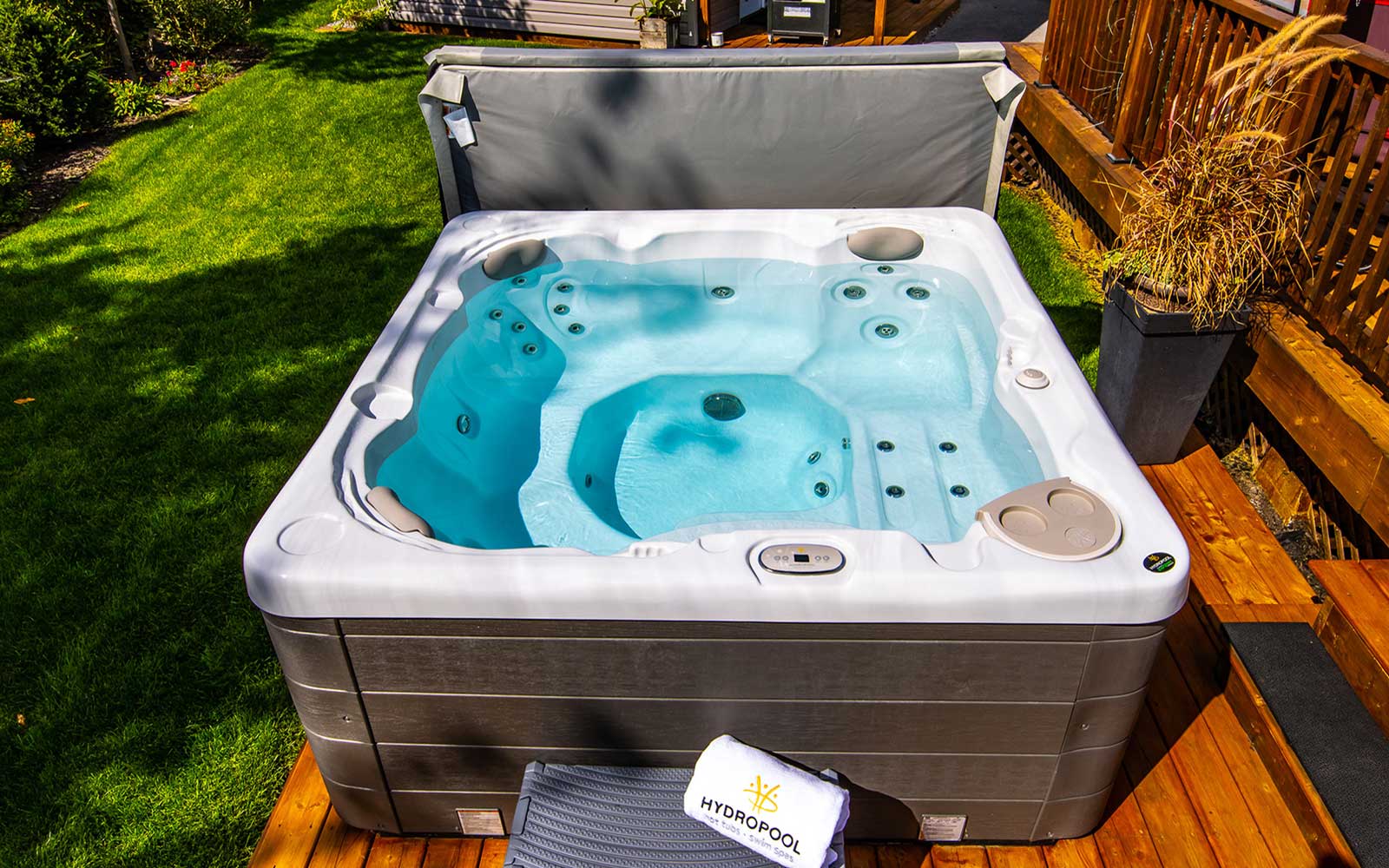
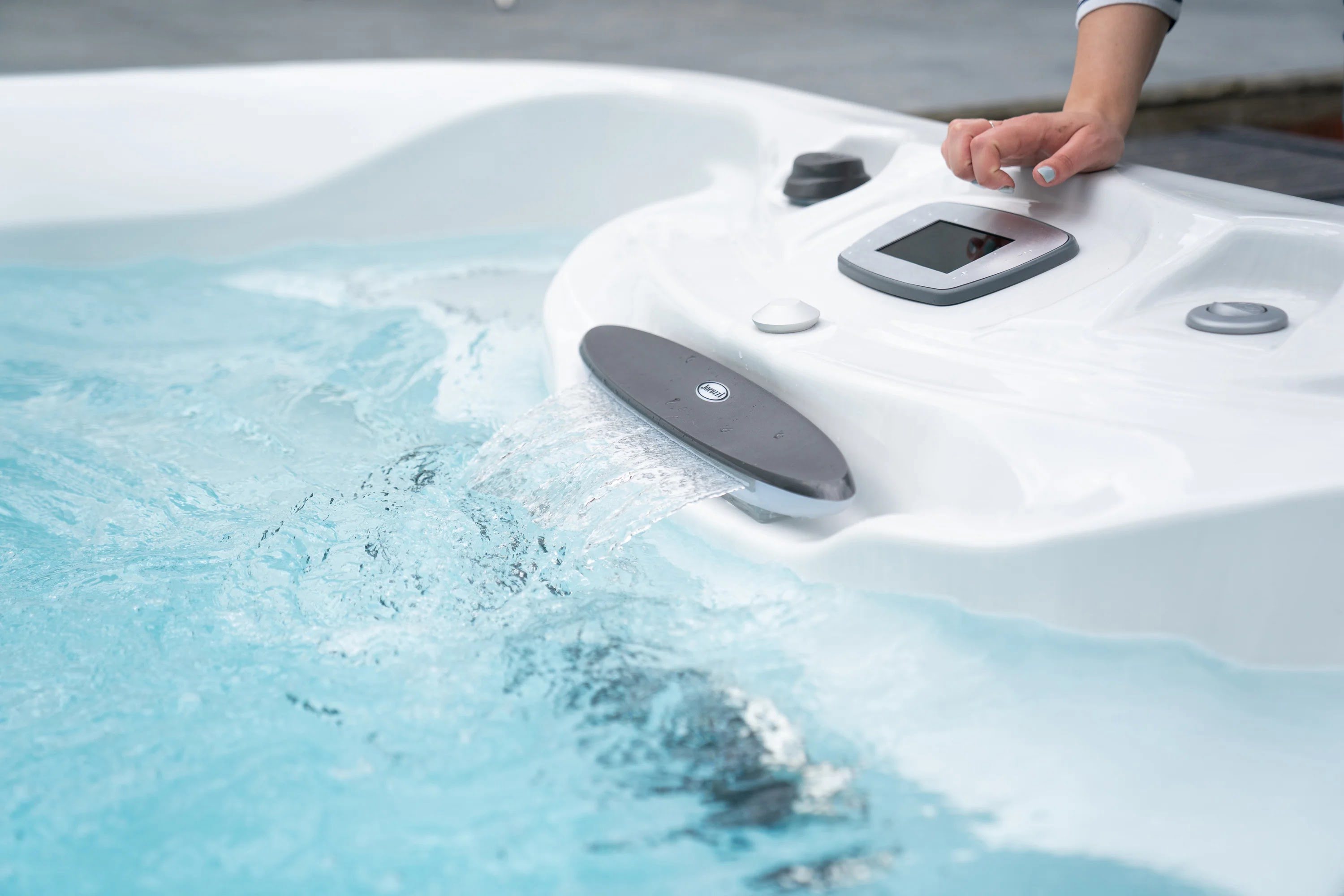
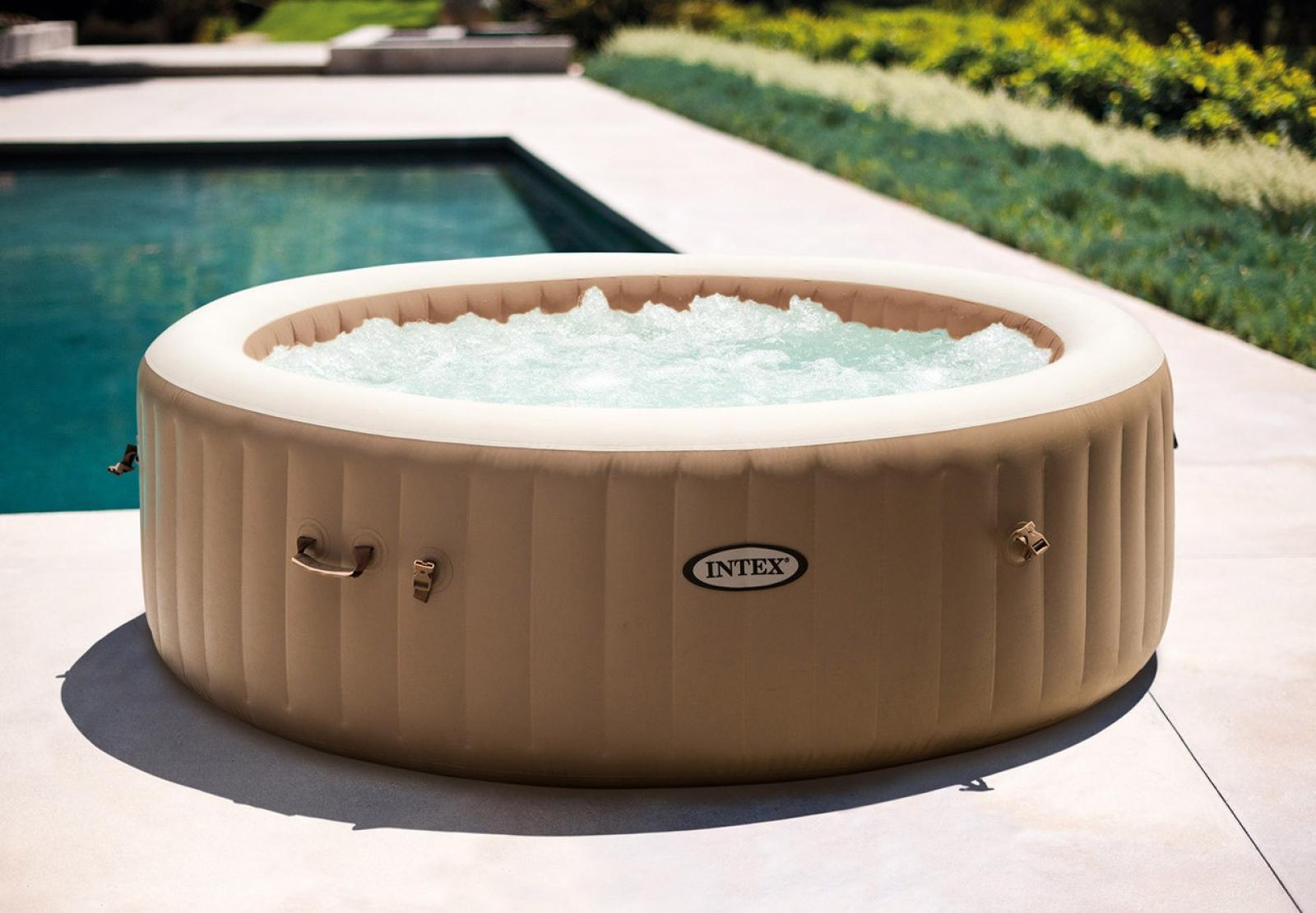
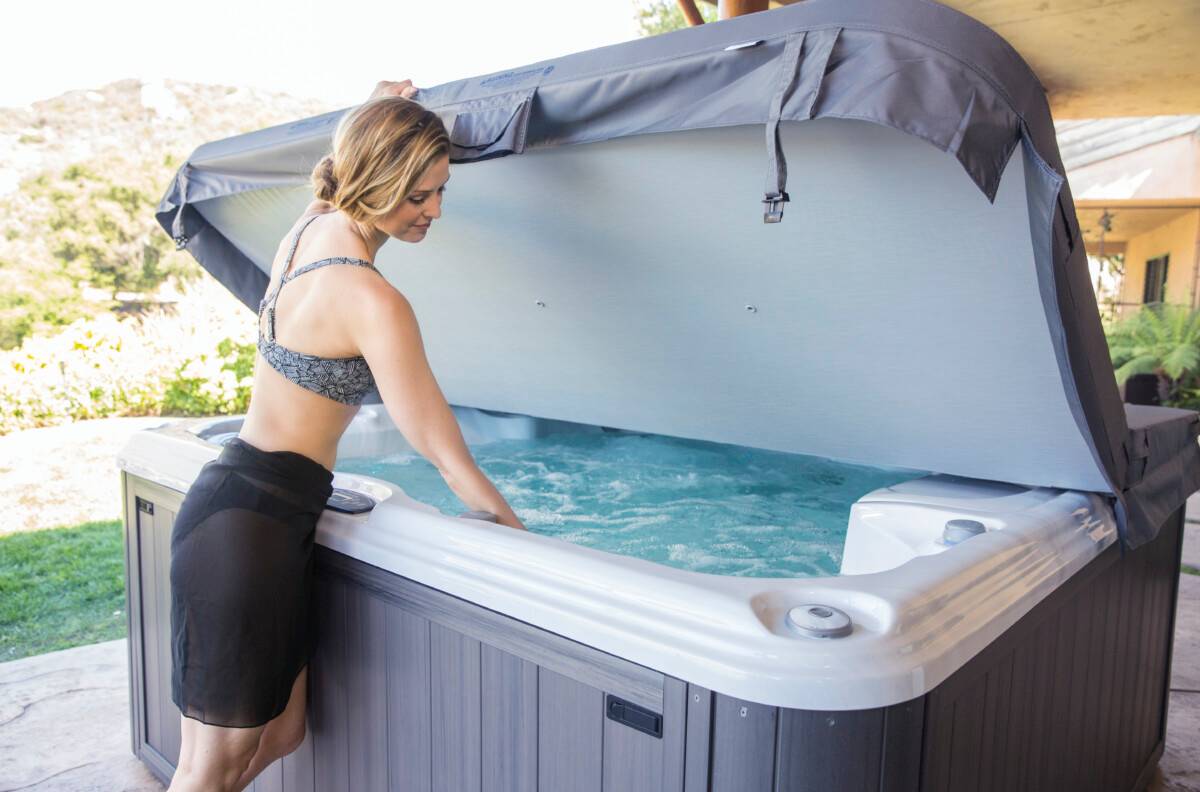
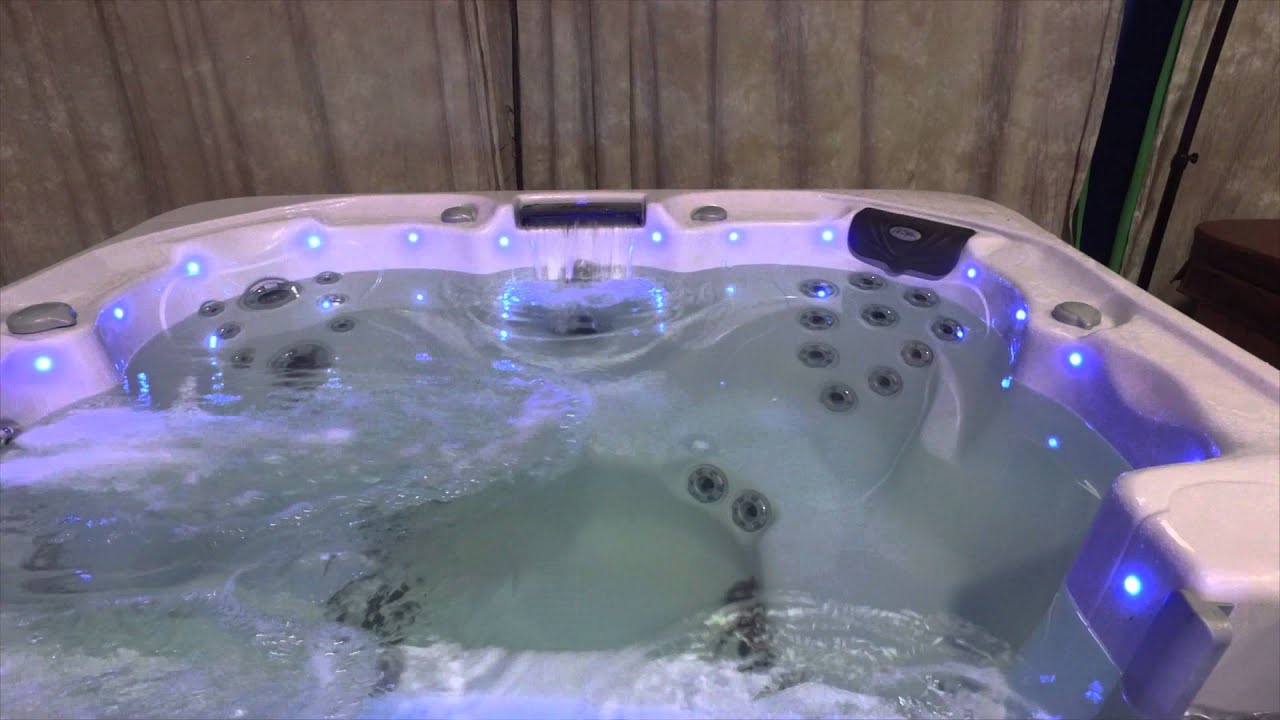
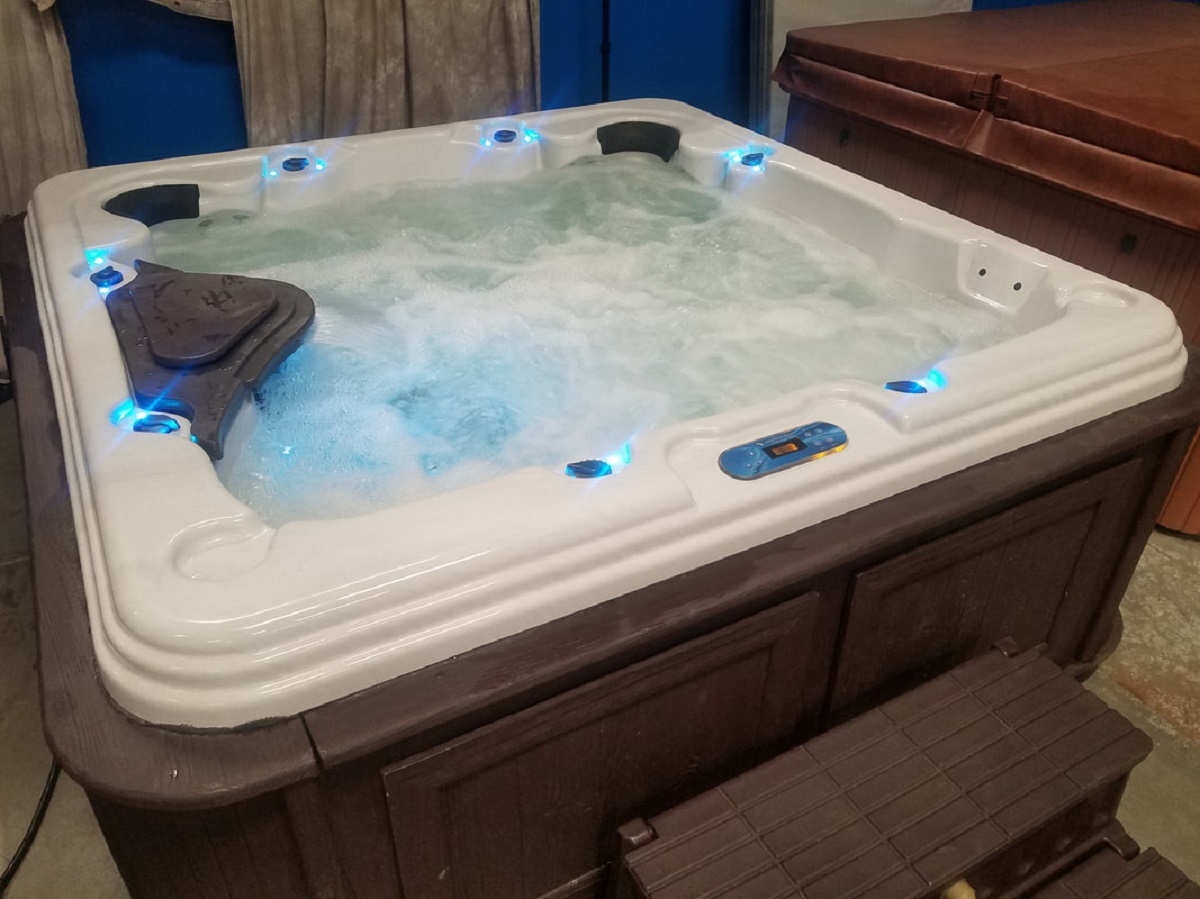
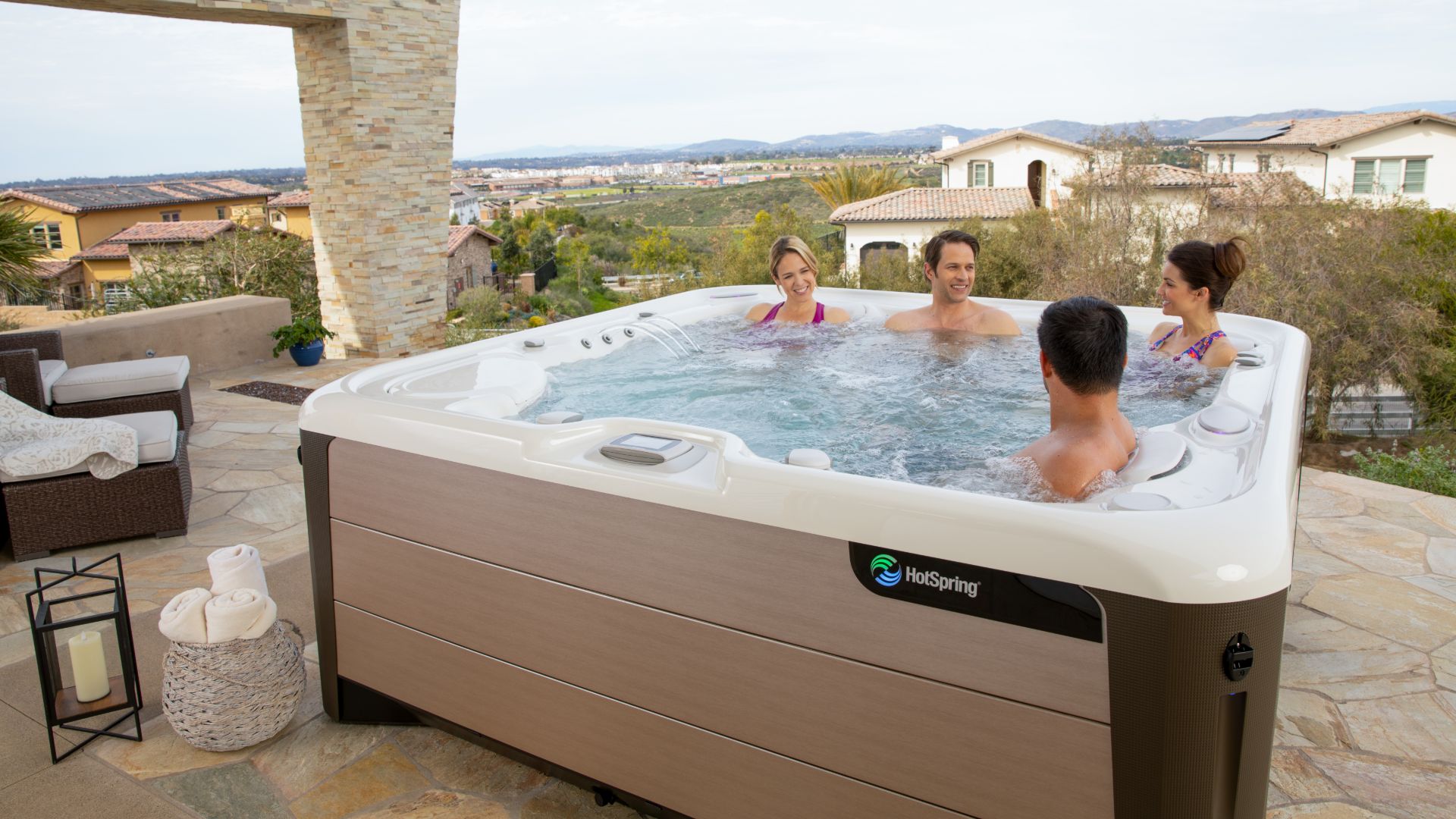
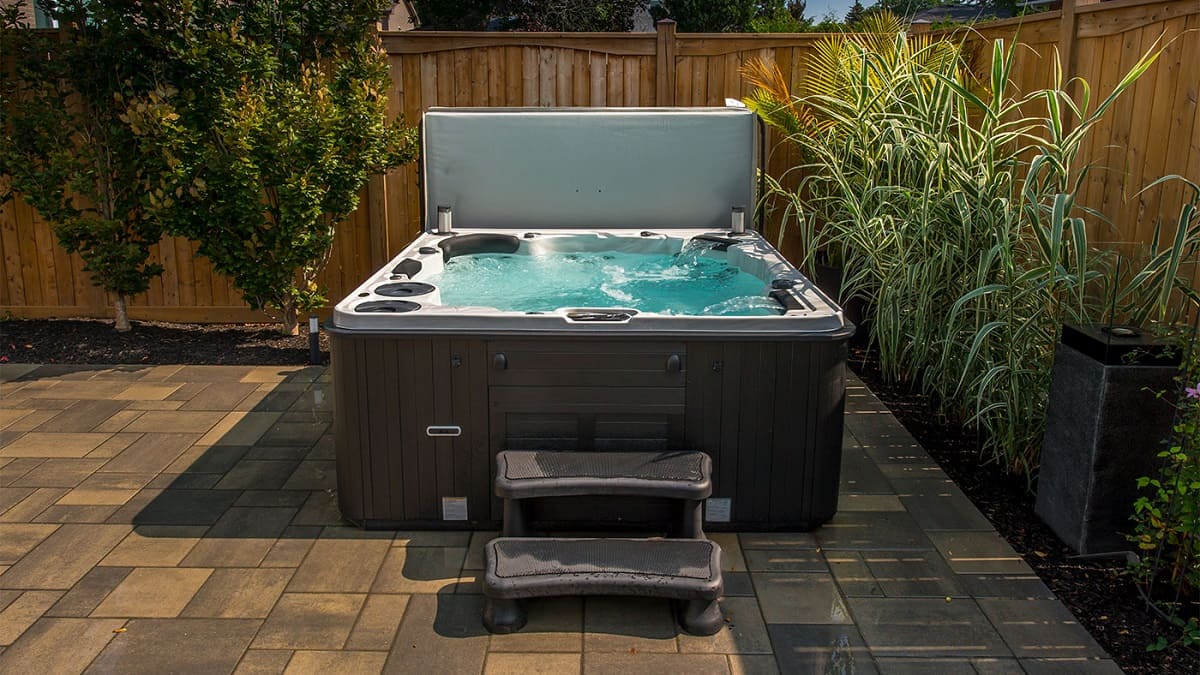
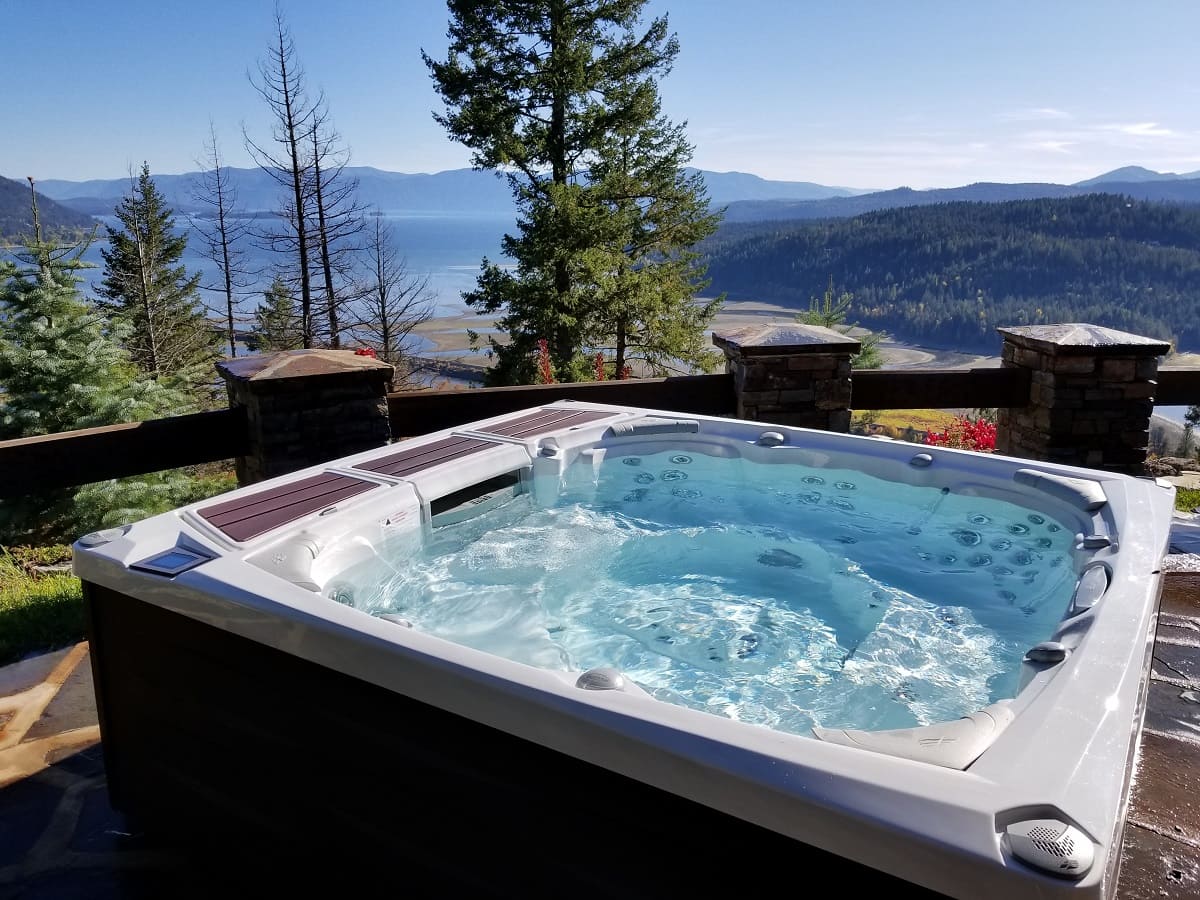

0 thoughts on “How Much Shock For A 500-Gallon Hot Tub”